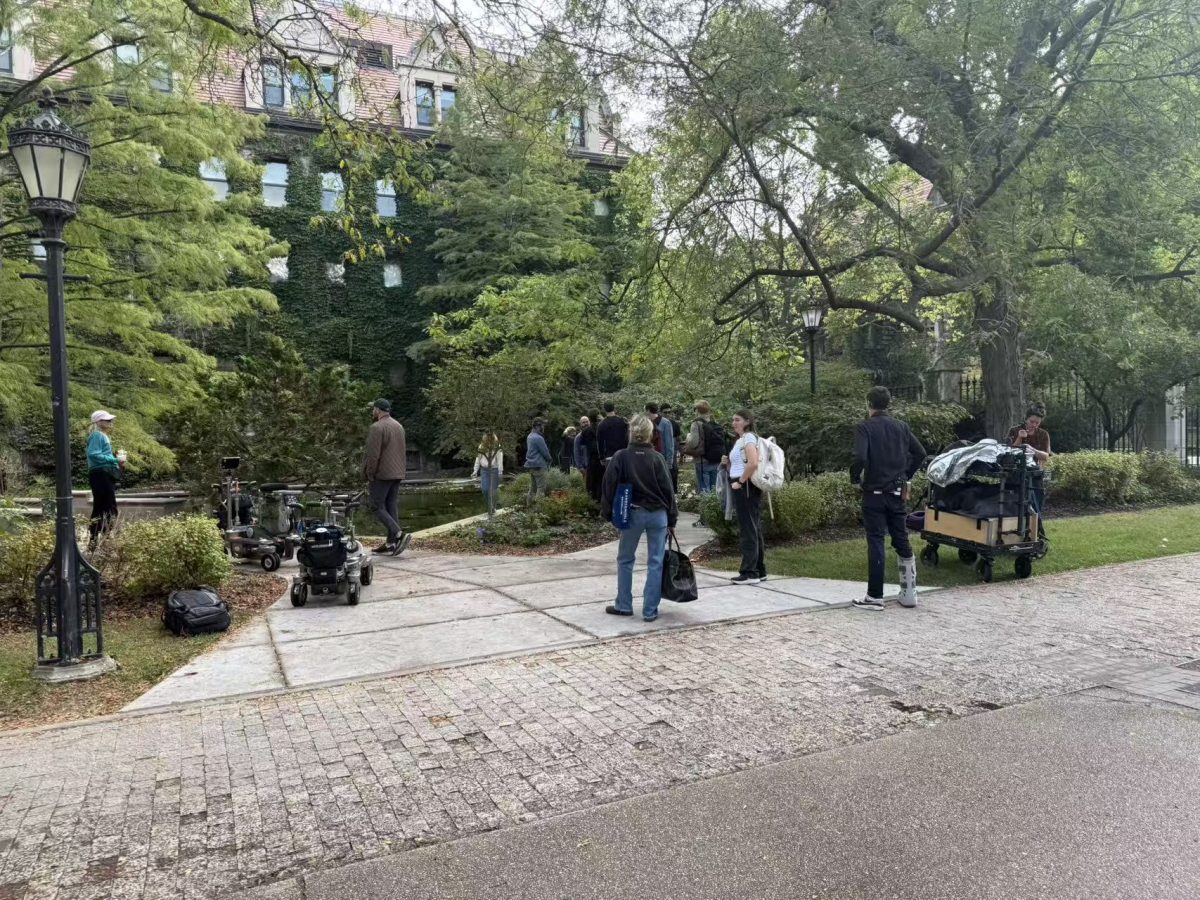[img id=”77261″ align=”alignleft”] The University of Chicago Medical Center laid off 450 employees, almost five percent of its staff, Monday morning as part of its effort to comply with planned budget cuts of $100 million. Further cuts are expected to take place Tuesday and later this year, leaving much of the remaining staff anxious about job security.
Jobs were cut across departments and seniority levels, leaving many employees unsure of who would be next to go, though the Medical Center said that no faculty members will be laid off. There will also be a hiring freeze over the next 18 months, allowing some positions to fall vacant due to attrition.
Other cuts include 30 inpatient beds, two doctors’ offices on South Greenwood Avenue and East 47th Street, increased E.R. wait time, and shorter surgical hours Saturday through Tuesday.
“We deeply regret the loss of so many talented employees from our team, especially at such a challenging time in the job market,” Medical Center CEO James Madara said in a release. “These colleagues deserve our sincere thanks and utmost respect as they transition in their careers. We will treat them with compassion and do everything we can do to assist them.”
Although the Center mentioned layoffs last month when they announced the budget cuts, many workers said they were not told who would be laid off until recently.
The entire process was “a quiet, quiet thing” said nurse Cherice Brown, who was not laid off. “All we heard was what was on the news.”
All laid-off workers will get severance pay of two weeks for every year they worked for the University, capped at half a year’s pay. They will also receive an extra month of pay due to the sudden notice.
Medical Center spokesman John Easton said that the medical center had a two-day retreat to educate employee leaders about the cuts and used mass e-mails to keep employees informed. “They have been as open and transparent about it as they possibly could,” Easton said. “You can’t tell people they have been laid off until you know who has been laid off.”
Easton explained that the cuts were made with an eye on the Medical Center’s priorities. “They tried to have everyone think strategically through the programs important to society at large and make the cuts in areas that were not so directly aligned with our core mission,” he said.
Associate Professor in the Department of Radiation and Cellular Oncology Charles Pelizzari said that the decision of what jobs to cut depended on “whether people’s functions could be performed by others. There was a process of deciding what the impact of research and patient care is.”
Some were dismayed at the speed with which the layoffs occurred, and the presence of security guards to escort recently fired employees off the premises.
“You hear this, and you hear that, and you really don’t know what’s going on. Everyone was on pins and needles,” said one clinic coordinator, who requested anonymity to protect his job.
“You go to your desk area, and they ask you to step away for a moment,” he said, referring to how employees were suddenly notified of their termination.
However, according to Easton, security is common in these kinds of situations because Center workers cannot be allowed to access personal health-care information on computers once they are no longer employed there.
Many of the remaining workers speculated on the cause and extent of the cuts Monday, lashing out at the administration for their handling of the situation. Some, however, took a more tactful approach.
“I think people are going to have to rely on all of their skills,” said a nurse who was concerned about her job and declined to give her name. “Everyone will have to buckle down. You have to suck it up and prioritize.”
Easton acknowledged employees’ concerns about the layoffs. “It was a really difficult day for everyone involved,” he said. “They were good people, talented people.”








